Dacia has unveiled the second-generation Dacia Duster Commercial, based on the popular SUV and offering up to 1500 litres of cargo space.
Priced from £15,309, the new machine is covered for light commercial vehicle usage at the factory, with the rear seats removed and a flat loading area with no boot lip and opaque fixed rear windows installed. A bulkhead with a load stop is also fitted to separate the passenger area from the cargo section, with four lashing hooks and a removable load cover added.
The maximum load length in the cargo hold is 1557mm (1247mm on four-wheel-drive models), with the machine offering a maximum payload of 492kg.
Whereas the Commercial version of the first-generation Duster was offered with only a diesel powertrain, the new model is available with a choice of 89bhp and 128bhp 1.3-litre petrol engines and a 113bhp, 192lb ft diesel. All use a six-speed manual gearbox, with four-wheel drive offered with the diesel engine only.
The petrol units produce CO2 emissions of 141g/km and an official WLTP fuel economy figure of 45.6mpg. With front-wheel drive, the diesel offers CO2 emissions of 128-129g/km and fuel economy of 57.6mpg, figures that change to 143g/km and 51.3mpg with four-wheel drive.
The styling of the Duster Commercial is virtually unchanged from the passenger version and includes the same touchscreen infotainment system. Only two trim levels, Essential and Comfort, are available and there are just three extra options: metallic paint, a spare wheel and European maps for the infotainment system.
Essential trim includes steel wheels and body-coloured bumpers, with Comfort adding alloy wheels, front foglights, chrome detail bodywork elements, darkened rear glass and electric mirrors. The higher trim level also adds digital driver display elements and an upgraded infotainment system.
READ MORE


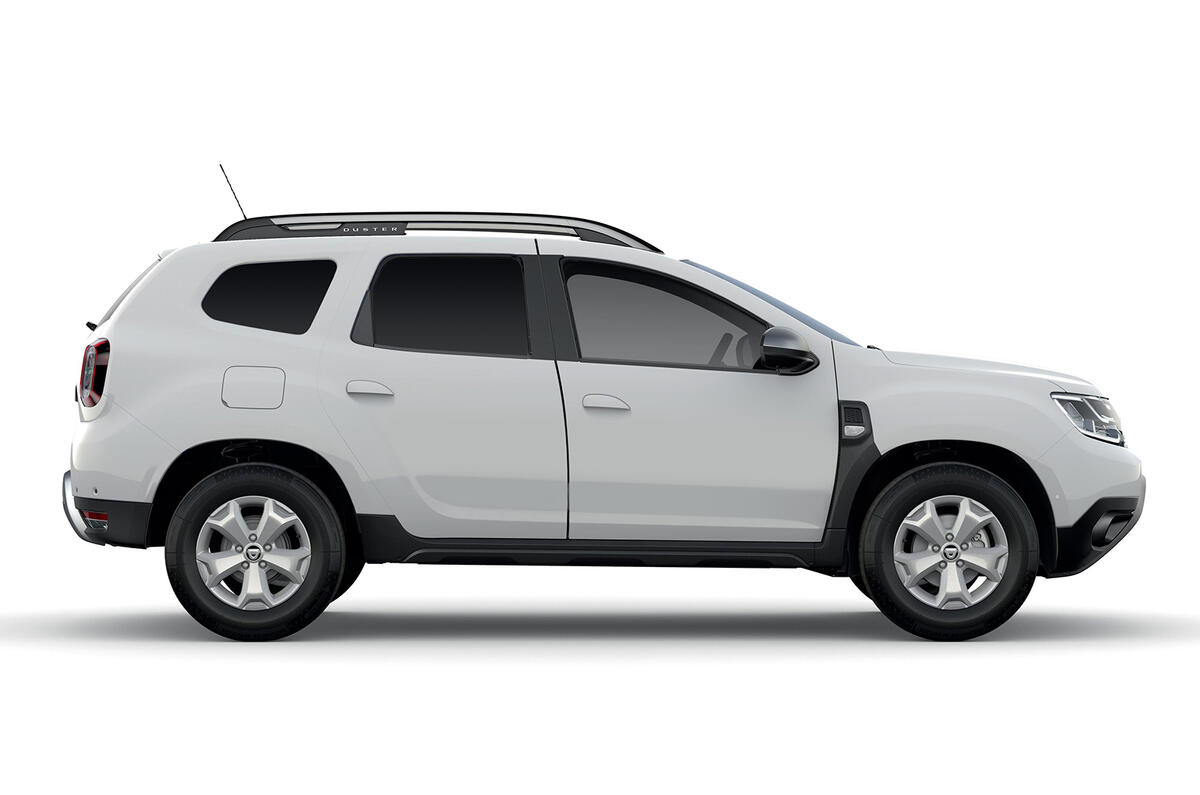
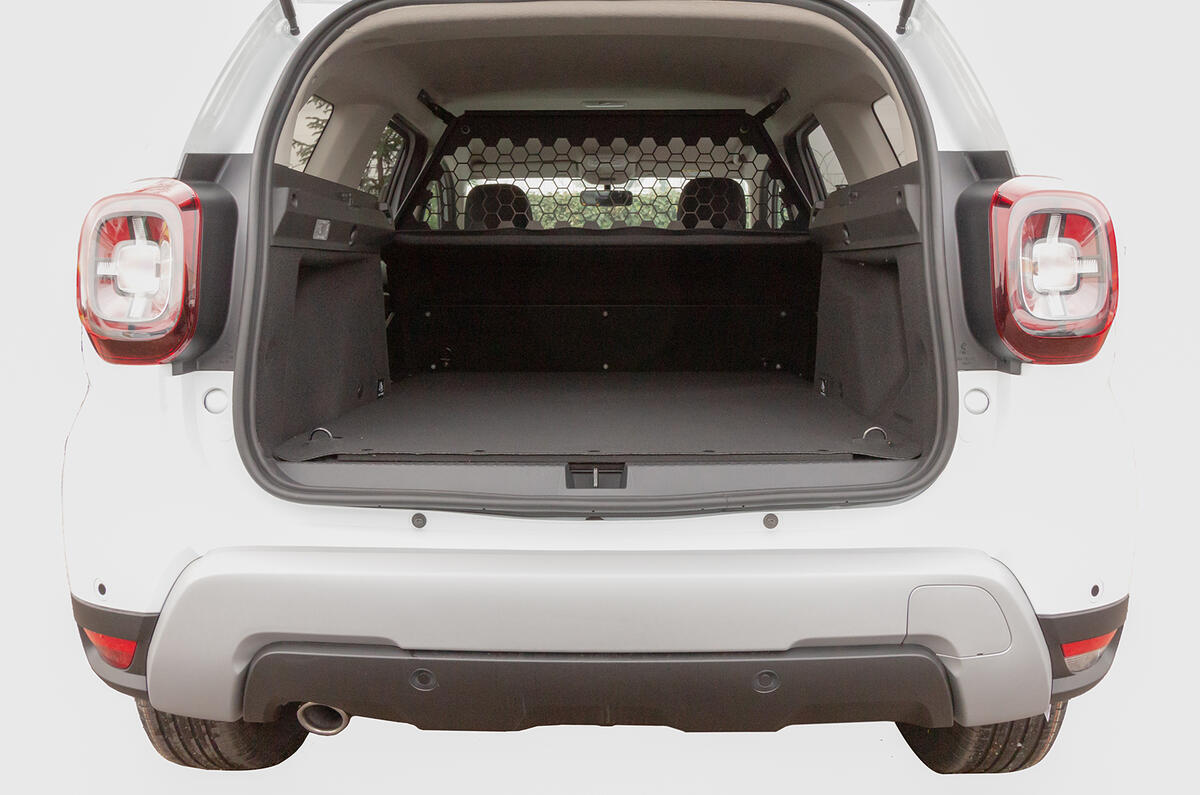
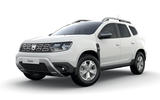
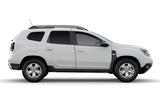
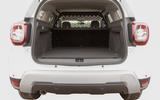






Join the debate
Add your comment
Maximum length is 300mm shorter in 4WD. That seems like quite a difference.
I'm glad this exists, but I am not sure who it is going to appeal to. It isn't a refined enough cruiser to be seen as an alternative to a company car. It isn't that big in the back compared to a regular van, like a Kangoo or Berlingo. Perhaps the optional 4WD might be the only USP, but thats only available on one engine. If it were standard, then I could see the appeal.